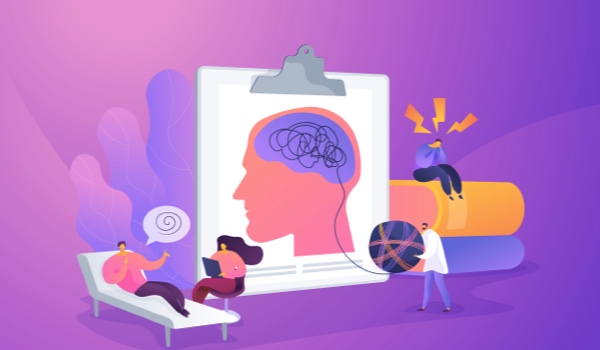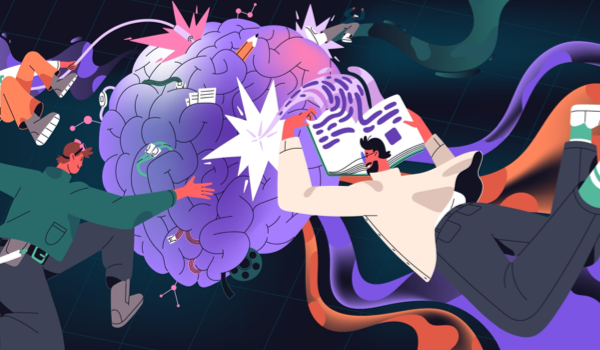


LAFAYETTE, LOUISIANA - The early detection of neurological disorders can have a big impact on the treatment process. Artificial intelligence (AI) has exploded in popularity in recent years across all fields of science, and it is undeniably altering neurology. The use of AI in the healthcare sector has improved the accuracy and precision of the diagnosis and prediction of neurological disorders.
Growing burden of neurological disorders
During the past two to three decades, the burden of neurological disorders has increased significantly around the globe, particularly in low- and middle-income countries, and more increases are expected due to aging and population growth. Neurological disorders are considered the leading cause of disability and the second leading cause of death, accounting for 9 million deaths and 16.5 percent of global deaths in 2016.1 This increase in the number of affected people shows that current advancements in the prevention and treatment of major neurological disorders are insufficient to keep up with worldwide demographic shifts. Therefore, immediate efforts to alleviate this burden are required.
Healthcare and research resources are already overstretched, which means priorities must be established to help policymakers, governments, and funding agencies in developing and implementing preventative, healthcare, and research plans that will address the growing burden of neurological disorders.
AI is a promising tool
Among the emerging measures undertaken by both academia and the medical industry is employing AI in the healthcare sector to assist physicians in the diagnosis and decision-making process. The most common neurological disorders are strokes, migraines, epilepsy, and Alzheimer’s disease and other dement
The content herein is subject to copyright by The Yuan. All rights reserved. The content of the services is owned or licensed to The Yuan. Such content from The Yuan may be shared and reprinted but must clearly identify The Yuan as its original source. Content from a third-party copyright holder identified in the copyright notice contained in such third party’s content appearing in The Yuan must likewise be clearly labeled as such. Continue with Linkedin
Continue with Linkedin
 Continue with Google
Continue with Google







 1755 views
1755 views










